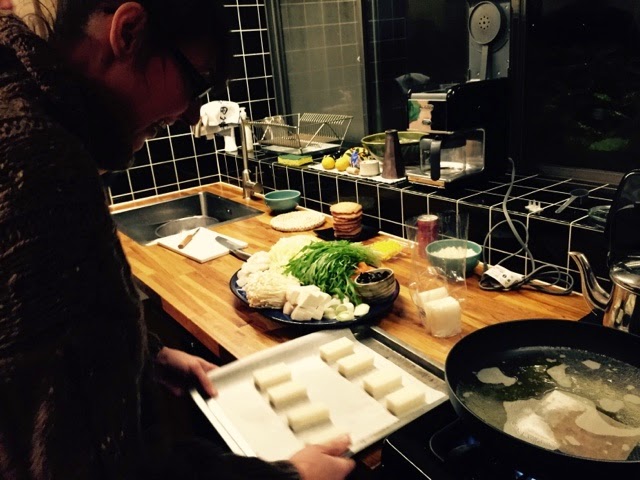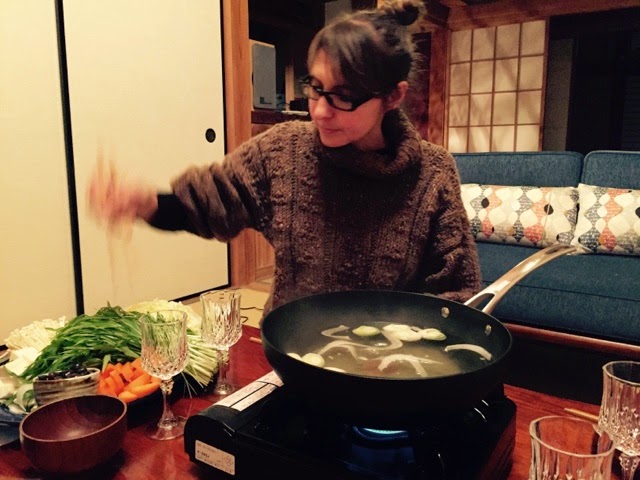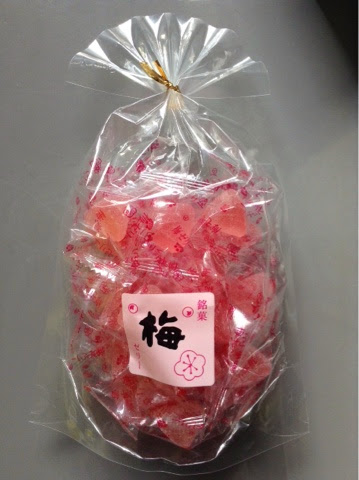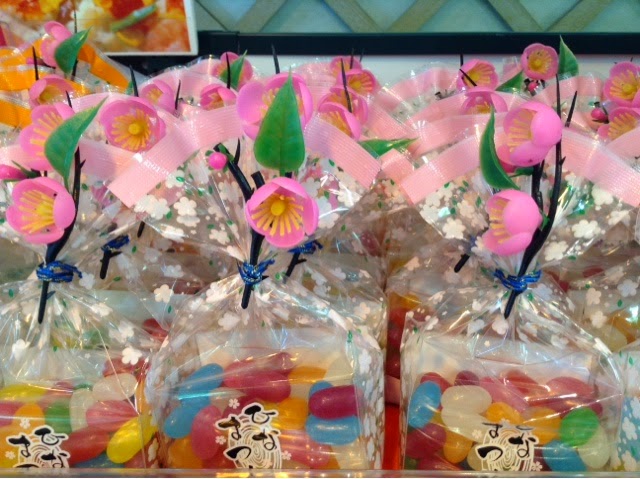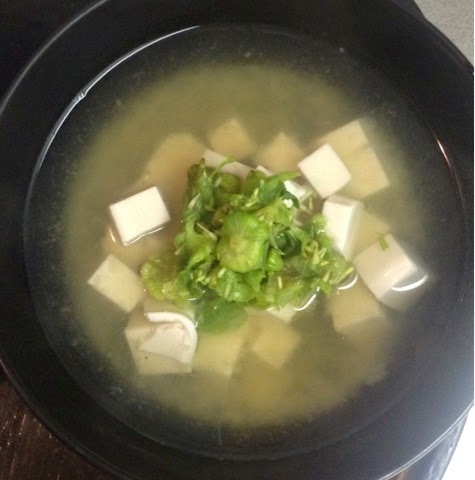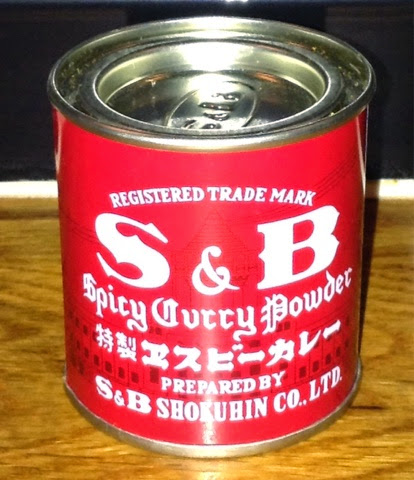 |
| Fukinoto growing in our garden |
As a lot if places, Japan is full if wild plants that are edible. A lot of them come as a set called 山菜 (pronounce that sansai, literaly the “mountains vegetables”). It includes kogomi, tara no me, warabi and fukinoto. Most of them are great fun to pick, just like mushrooms. Depending on places they are more or less abundant and they grow at different times. For example fuki no to grow in January-February in Chiba prefecture, while in the Niigata mountains they are snow piercer and grow in May.
The first time we ate fukinoto, we actually went to pick them in Tsunan machi area with some friends connoisseurs. Later, I realize that we have some in the garden!! Fukinoto are delicious, with quite a strong taste easy to identify. They are better eaten while still at the bud stage (not as opened as the picture show them). They are often prepared in tempura (I skip this since I don’t deep fry at home), in a mixture with miso: fukinoto-miso which allows to preserve them longer, and in miso soup.
Today I tried the miso soup with tofu!
For that you need a good katsuo dashi, or konbu dashi for a vegan experience (I promise to prepare something about dashi soon), some miso (I prefer white or light colored miso for miso soup, which is also what is used for winter miso soup in cha-kaiseki), a piece of silky tofu, and some fresh fukinoto. Once you’ve prepared the dashi, mix in a spoon of miso per person. In the bowls put a few dices of tofu (after draining it), top with the finely chopped fukinoto (for a softer taste of fukinoto you can boil them once chopped in a net for 30s) and finally add the miso soup. Et voila!
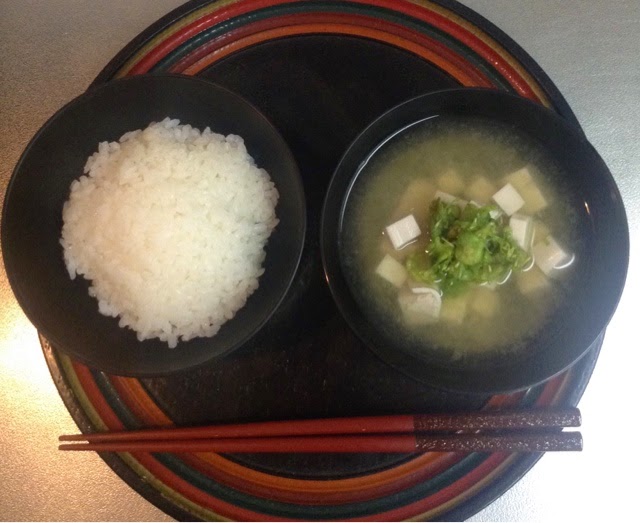 |
| Plain rice and fukinoto miso soup |

